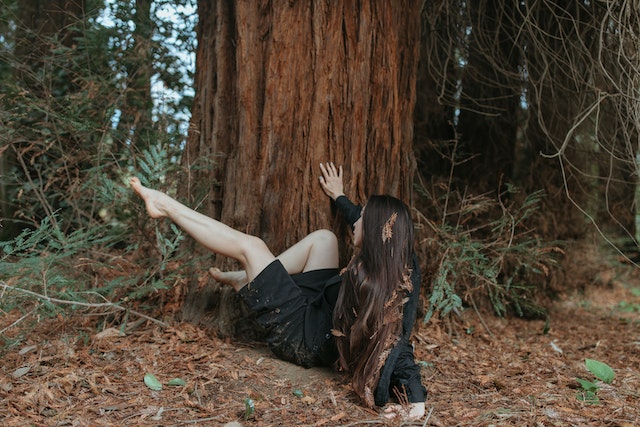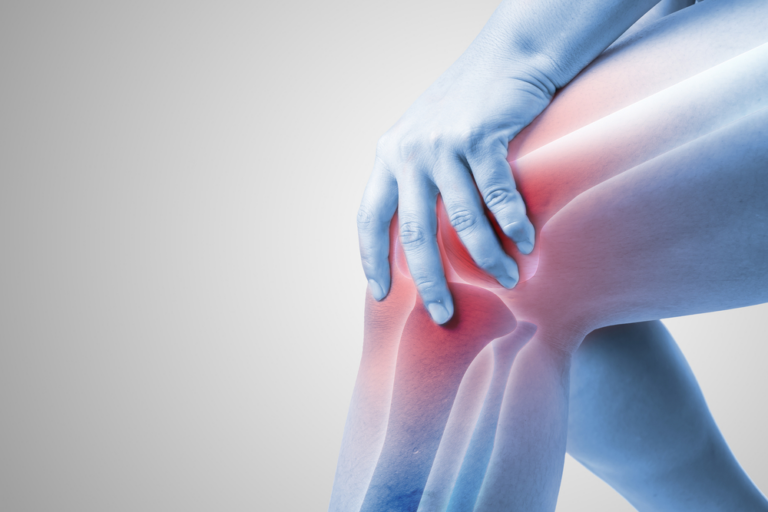What Makes Slip and Fall Cases Difficult in Ontario?

Slip and fall cases can be quite a headache, especially in a province like Ontario, where the legal landscape is intricate and multifaceted. These personal injury claims, often stemming from accidents that occur on someone else’s property, can be challenging for a multitude of reasons. In this article, we will delve into what makes slip and fall cases particularly difficult in Ontario from an analytical perspective, and how personal injury lawyers Ontario navigate this complex terrain.
The Prevalence of Slip and Fall Accidents
Before we dive into the complexities of slip and fall cases, it’s important to understand that these incidents are far from rare. Slip and fall accidents are, unfortunately, quite prevalent in Ontario, as they are in many other parts of the world. Whether it’s a slippery floor in a grocery store, a poorly maintained sidewalk, or a hazard on a construction site, these accidents can lead to serious injuries.
According to data from the Workplace Safety and Insurance Board (WSIB) in Ontario, slip, trip, and fall accidents were the second most common cause of lost-time injuries in 2019, accounting for 17% of all lost-time injuries in the province. This high occurrence of slip and fall accidents means there is a constant stream of cases entering the legal system.
Liability and Negligence
One of the key aspects that make slip and fall cases intricate in Ontario is the matter of liability and negligence. In any personal injury claim, the plaintiff (the injured party) must demonstrate that the defendant (the property owner or responsible party) was negligent and that this negligence caused the injury. However, in slip and fall cases, proving negligence can be challenging.
Duty of Care
Property owners in Ontario owe a duty of care to those who enter their premises. This duty requires them to maintain their property in a reasonably safe condition. However, what constitutes “reasonable” can vary from one situation to another. Factors like the type of property, the weather conditions, and the activities taking place on the property all come into play.
For example, the standard of care expected in a residential setting might differ from that expected in a busy shopping mall. Proving that a property owner failed in their duty of care requires a thorough analysis of the specific circumstances, making it a complex endeavor.
Causation
Causation is another challenging aspect of slip and fall cases. It’s not enough to prove that a property owner was negligent; it must also be established that this negligence directly caused the accident and subsequent injuries. This can be particularly challenging in situations where there were multiple contributing factors.
For instance, if someone slips and falls on an icy sidewalk, it might not be immediately clear whether the property owner’s failure to clear the snow and ice was the sole cause of the accident. Weather conditions, the plaintiff’s own actions, and the timing of the property owner’s response all become relevant factors.
Evidence Collection
The success of a slip and fall case often hinges on the strength of the evidence. However, obtaining and preserving evidence in these cases can be challenging.
Timeliness
Prompt collection of evidence is crucial in slip and fall cases. Weather conditions can change, security camera footage may be overwritten, and witnesses’ memories can fade. In many cases, evidence that could have been invaluable is lost due to delays in initiating legal proceedings or evidence preservation.
Surveillance Footage
Surveillance footage can be a valuable piece of evidence in slip and fall cases. However, not all properties have surveillance cameras, and even when they do, the quality of the footage can vary. Proving negligence and causation often relies on this footage, which can be difficult to obtain and analyze.
Witness Testimonies
Witnesses play a pivotal role in slip and fall cases. Their testimonies can corroborate the plaintiff’s account of the incident and provide important details. However, finding and convincing witnesses to testify can be challenging, and their statements may not always align with the plaintiff’s version of events.
Complex Legal Framework
Ontario’s legal framework further complicates slip and fall cases. Understanding and navigating the legal landscape is crucial for both plaintiffs and personal injury lawyers.
Occupiers’ Liability Act
The Occupiers’ Liability Act in Ontario sets out the legal obligations of property owners and occupiers regarding the safety of those who enter their premises. It’s a cornerstone of slip and fall cases, but it’s a multifaceted piece of legislation. Understanding how this Act applies to a specific case and proving a violation of its provisions can be a legal puzzle.
Contributory Negligence
Ontario follows a principle of contributory negligence, meaning that if the plaintiff’s own actions contributed to the accident, their compensation may be reduced. Proving the extent of the plaintiff’s contribution and determining a fair allocation of blame is often contentious.
Limitation Periods
Limitation periods are strict deadlines that govern the timeframe in which a personal injury claim must be initiated. In Ontario, the limitation period for slip and fall cases is generally two years from the date of the accident. Missing this deadline can result in the claim being barred, making it crucial for individuals to seek legal assistance promptly.
Comparative Negligence
In addition to contributory negligence, Ontario applies the principle of comparative negligence. This means that damages awarded to the plaintiff are reduced in proportion to their own negligence. Determining the percentage of fault assigned to the plaintiff can be a contentious issue, making it difficult to predict the final outcome of a case.
Expert Testimony
In many slip and fall cases, expert testimony is essential to establish liability and causation. Experts in various fields, such as safety, engineering, and medicine, may be required to provide opinions and evidence. Locating, retaining, and coordinating these experts can be time-consuming and costly.
Insurance Companies
In Ontario, most property owners carry liability insurance to cover accidents that occur on their premises. Dealing with insurance companies adds another layer of complexity to slip and fall cases.
Insurance Company Tactics
Insurance companies are known for employing various tactics to minimize their liability. They may dispute the extent of the injuries, question the validity of the claim, or offer low settlements. This can create a challenging negotiation process that requires the skills and experience of a personal injury lawyer.
Denial of Claims
Insurance companies may outright deny a slip and fall claim. This puts the onus on the injured party to take legal action, which can be a daunting prospect. Having an experienced personal injury lawyer is crucial in these situations to navigate the legal process effectively.
Settlement vs. Litigation
Slip and fall cases in Ontario often present the option of settling out of court or pursuing litigation. The decision between these two paths is not straightforward.
Settlements
Settling a slip and fall case can offer a quicker resolution, reducing the stress and uncertainty of litigation. However, reaching a fair settlement is not always easy, and individuals may accept less than they deserve to avoid a protracted legal battle.
Litigation
Litigation can be a lengthy and costly process. It involves court proceedings, legal fees, and potential delays. It may be necessary when the property owner refuses to accept liability or when the offered settlement is insufficient. Litigation requires substantial preparation, including gathering evidence, expert testimony, and legal arguments.




